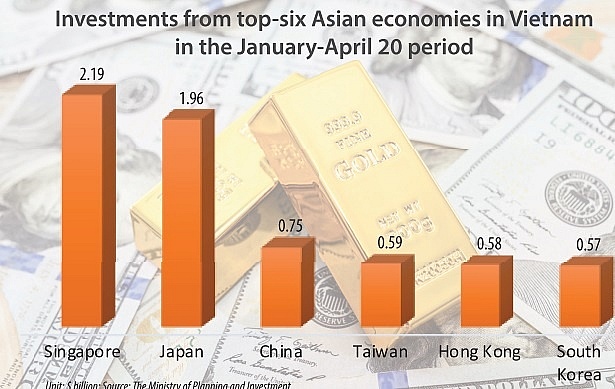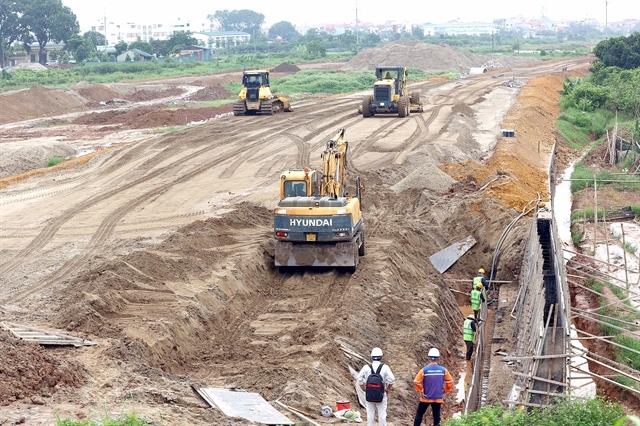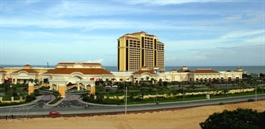Vietnam’s economy set for speedy recovery in latter half of 2024
Vietnam’s economy set for speedy recovery in latter half of 2024
Manufacturing for export is regaining momentum, alongside a promising outlook for long-term foreign direct investment.
HSBC expects the economy to accelerate in the second half of the year, while UOB believes interest rate cuts by major central banks will benefit Vietnam's economy.

Production at precision mechanics and technology transfer PMTT Group in Chuong My Industrial Park, Hanoi. Photo: Pham Hung/The Hanoi Times |
The latest reports from HSBC and UOB share the same forecast for Vietnam's growth this year at 6%. This action follows the announcement by the General Statistics Office that GDP growth in the first quarter reached 5.66%, marking the best performance in the 2020-2023 period.
However, HSBC has adjusted its quarterly growth forecasts, by cutting its second and third-quarter projections but raising its fourth-quarter outlook, reflecting expectations of a broader recovery momentum over the last six months.
"We believe Vietnam is on the right track to witness better growth prospects in 2024, although it will take time for the recovery to spread widely," HSBC's report stated.
Meanwhile, UOB forecasts a positive outlook for 2024 despite prevailing downside risks. Challenges such as the Russia-Ukraine and Israel-Hamas conflicts could disrupt trade flows and the energy market. However, the recovery in semiconductor demand, stable growth in China and the region, and the potential relaxation of monetary policy by major central banks provide an optimistic basis for growth in the coming quarters.
However, the economic landscape still contains intertwined areas of brightness and darkness that need to be monitored. According to HSBC, manufacturing for export is regaining momentum, alongside a promising outlook for long-term foreign direct investment (FDI). In the first quarter, FDI commitments in Vietnam surged nearly 60% compared to the same period in 2023, with 65% channeled into manufacturing, and the remainder into real estate.
On the other hand, services haven't shown the expected strength, rising by only 6.1% in the first three months of the year. Apart from positive trends in tourism-related services, retail has yet to return to pre-pandemic levels and is lagging well behind by about 10%. Additionally, real estate has made only a minimal contribution to growth due to prolonged weakness.
Moreover, credit growth has been relatively subdued in the early months of this year, according to UOB. As of March 25, total credit growth reached 0.26%, falling behind the 1.99% pace of the same period last year, as reported by the General Statistics Office. "Low credit demand stems from various factors and may take some time to return to normalize," UOB evaluates.
The bank believes that the recent improvement in the growth prospects and rising inflation may make the central bank even more cautious in changing the policy interest rate. Therefore, UOB suggests that the benchmark interest rate will remain unchanged at 4.5% as it stands. HSBC forecasts that this rate will be sustained until 2025.



























